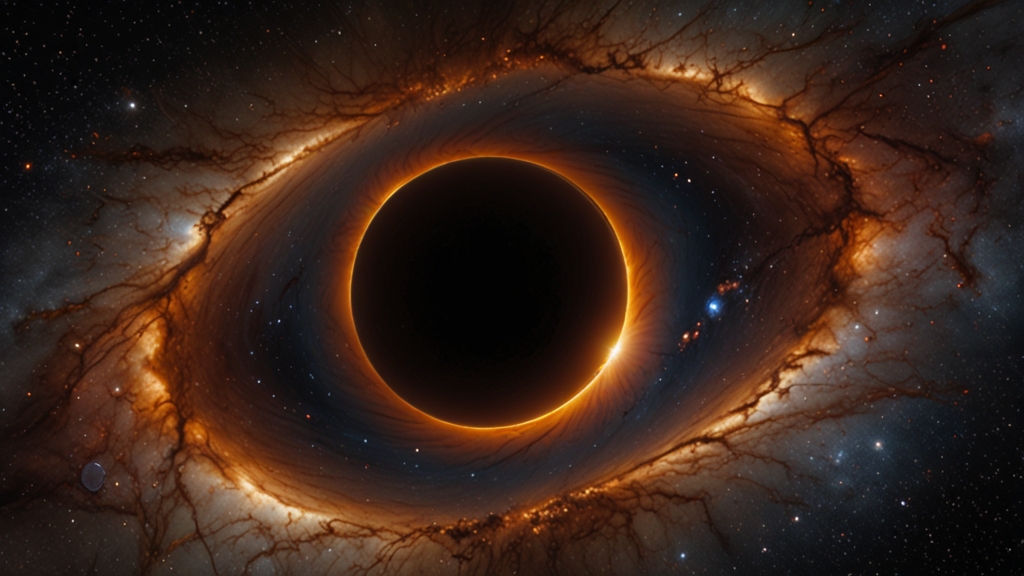Lizards that Fly: Nature's Gliders Revealed
When we think about flight in the animal kingdom, birds, bats, and insects often come to mind. However, nature is replete with marvels that challenge our typical notions, and the world of flying lizards is no exception. These extraordinary reptiles, primarily belonging to the genus Draco, have developed the fascinating ability to glide through the forest canopy, a remarkable feat that speaks volumes about evolution's ingenuity.
Evolutionary Adaptations: Wings Without Feathers
The so-called "flying" lizards don't actually fly in the conventional sense. Instead, they glide using specialized structures evolved from their ribs. These wing-like flaps, known as patagia, extend outward when the lizard leaps from a tree trunk. This adaptation allows them to cover distances of up to 30 feet or more, evading predators and moving efficiently from one tree to the next. The key anatomical feature here is the elongated ribs which support the membranous patagia, creating a parachute effect.
"The ability of Draco lizards to glide represents a significant evolutionary advantage. Not only does it aid in escaping predators, but it also provides a method of traversing fragmented habitats, thereby enhancing survival and reproduction chances."
The Mechanics of Gliding
While the biomechanics of gliding involve complex principles of aerodynamics, the core mechanism is relatively straightforward. When a lizard decides to glide, it leaps into the air, spreading its patagia wide open. The patagia increase surface area, reducing stall speed and allowing the lizard to glide rather than plummet. Moreover, Draco lizards have a flap of skin under their throat called a dewlap, which acts as a stabilizer during the glide, much like the tail of an airplane.
Ecological Significance
Flying lizards are predominantly found in Southeast Asia, inhabiting tropical rainforests, where dense tree canopies provide the ideal environment for gliding. These forests present both opportunities and challenges; while trees offer refuge and hunting grounds, they also pose the risk of being isolated on a single tree. The gliding ability thus becomes a significant asset, helping lizards traverse the vertical landscape of the forest biome.
"The intricate relationship between flying lizards and their habitat underscores the importance of forest conservation. As their gliding ability is closely tied to tree availability, deforestation poses a severe threat to their survival."
Research and Conservation Efforts
In recent years, scientists have shown a growing interest in studying these unique reptiles. Research has focused on understanding their behavioral ecology, biomechanics, and genetic diversity. Such studies are crucial not only for comprehending evolutionary processes but also for informing conservation strategies. Protecting their natural habitats is critical, especially in regions where deforestation and habitat fragmentation are rampant.
Conclusion
Flying lizards are a testament to the complexity and wonder of evolutionary adaptations. Their ability to glide captivates biologists and nature enthusiasts alike, revealing a world where the boundary between flying and falling blurs into a seamless glide. As we continue to study these incredible creatures, we gain not only insights into their lives but also a deeper appreciation for the intricate tapestry of life on Earth. Conservation efforts must keep pace with these discoveries to ensure that future generations can marvel at nature's gliders.










